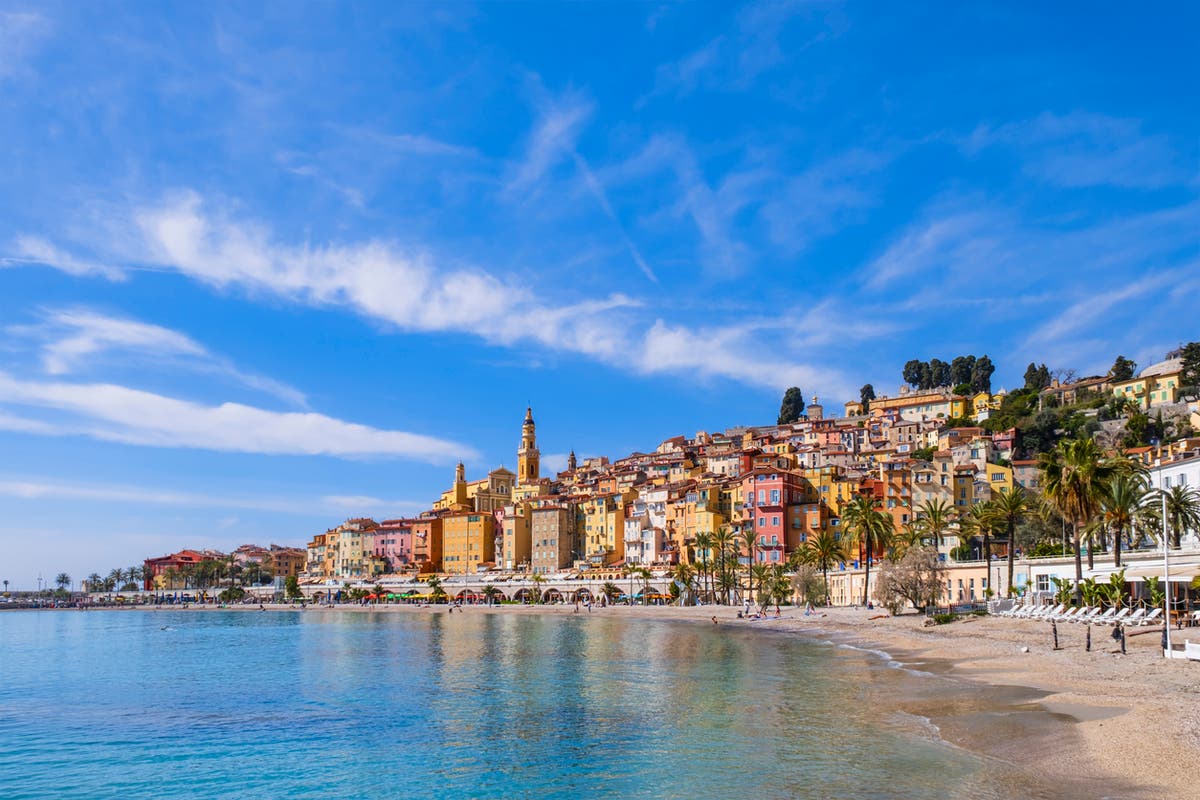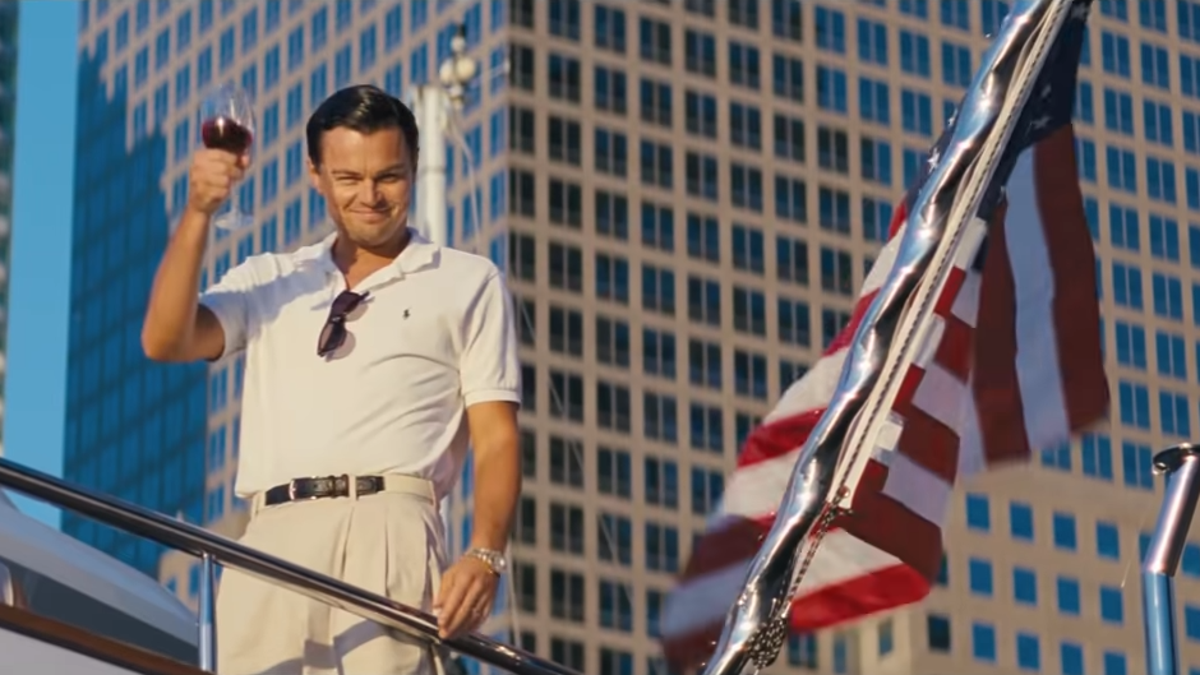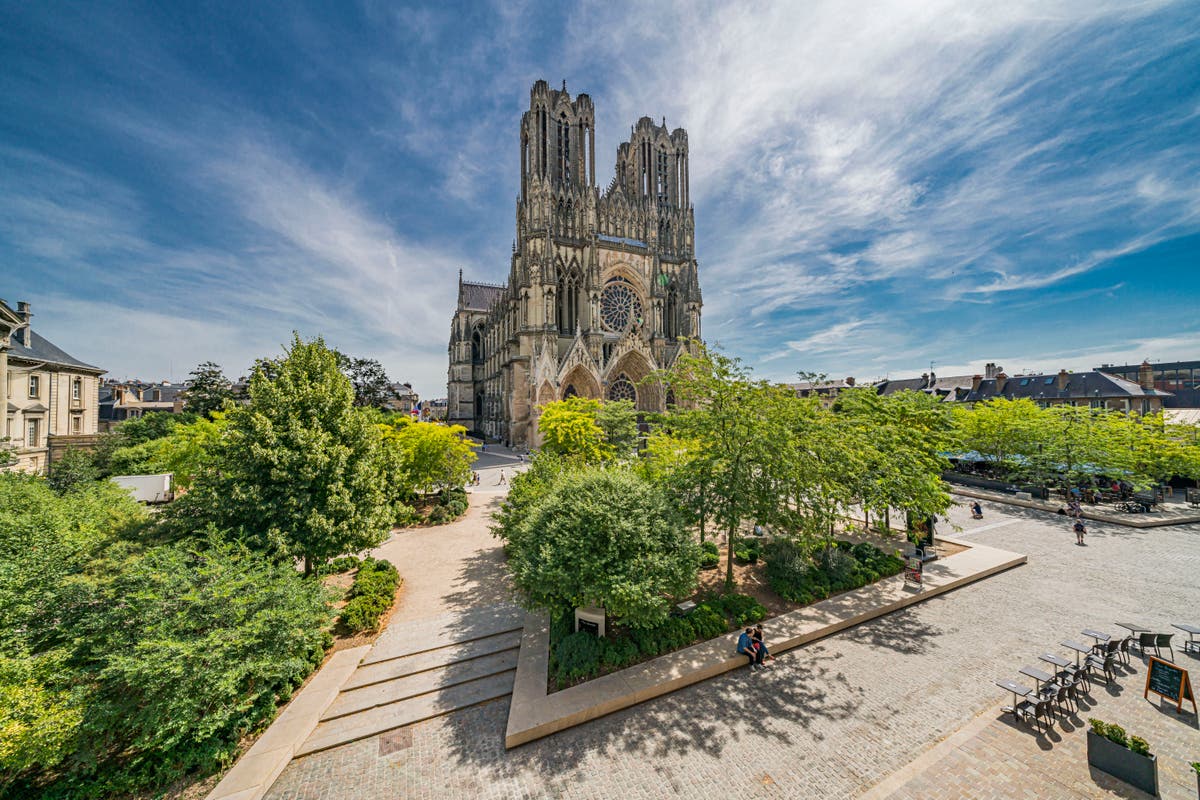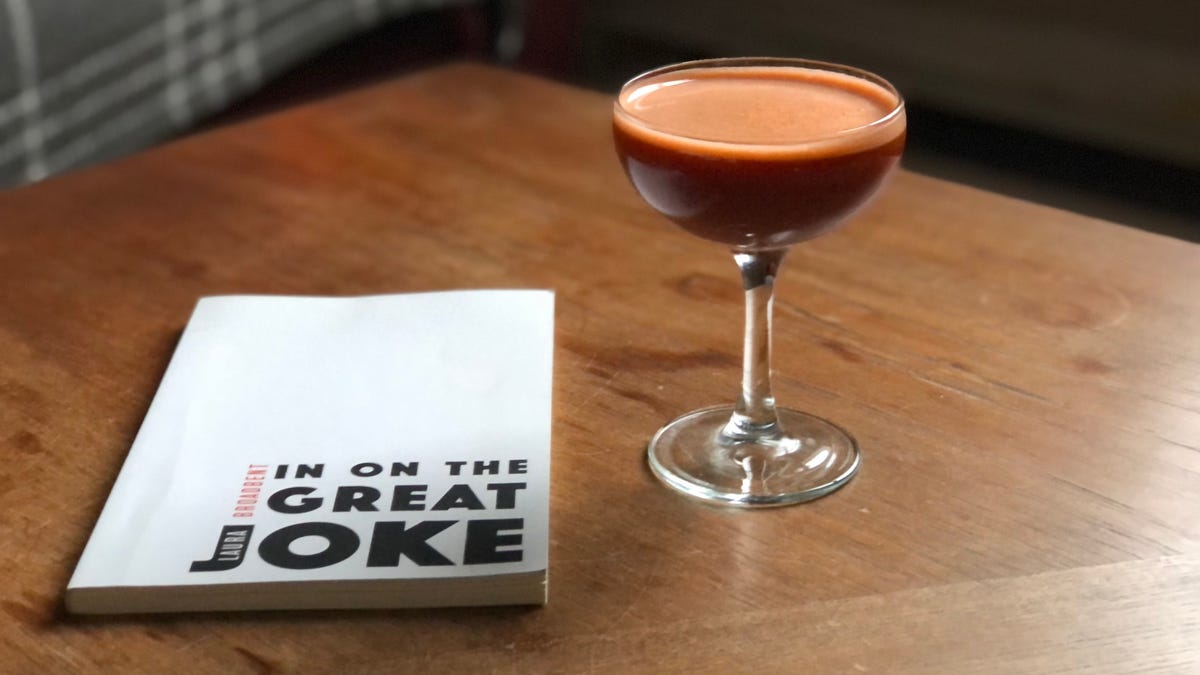8 best regions in France for beautiful scenery, vineyards and foodies
Where to go to see the best of the Hexagon

Sign up to Simon Calder’s free travel email for expert advice and money-saving discounts
Get Simon Calder’s Travel email
Few countries can boast as wide a range of things to see and experienceas France. Its cities have famous landmarks, beachside promenades, medieval Old Towns and grand squares; its natural landscapes are home to towering mountains, lush green fields and over 3,000 miles of coastline.
Whether you’re seeing art in the capital or sliding down a slope in the Alps, you’ll quickly realise why our cross-Channel neighbour is one of the most visited countries in the world.
With so many holiday-worthy destinations, it can be difficult to choose where to go when visiting France (although struggling to decide between sightseeing, skiing, beachside relaxation and strolling through lavender fields is arguably a good problem to have).
Thankfully, many regions in France offer an exciting mix of all the above, including city breaks, nature escapes and more. To help you plan your dream Gallic getaway, we’ve compiled a list of some of the best regions in the country.
Paris and Ile-de-France
The French capital is one of the most visited cities in the world
(Getty Images)
Paris and the surrounding northern region is home to some of the most important historical sites and landmarks in France (and Europe). The City of Light has gained a reputation for sophistication and grandeur, whether that be in its relaxed terrasse dining culture or the elegance of its Haussmannian buildings. Landmarks such as the Eiffel Tower, Notre Dame and Champs-Elysees are the defining image of the city, though it is more than just its landmarks. From the Louvre and a Seine river cruise to Roland-Garros and the Latin Quarter (not to mention its many other districts), the city offers a dizzying array of things to do and see (for all the family).
Beyond Paris, the region is home to a similarly eclectic range of attractions. Versailles and its palace have played important roles in French and European history, while on the other side of the city lies the popular Disneyland Paris park. Famous golf courses are also dotted around the area, and the areas of Fontainebleau and Auvers-sur-Oise showcase the region’s rustic charm and forest greenery.
Loire Valley
The Loire region is famous for its chateaux
(Getty Images)
The 170-mile long Loire Valley region sits in the central part of the country, less than two hours from Paris by train. The area is famous for its chateaux (large country or manor houses previously belonging to nobles and gentry); there are said to be more than 300 in the area, each with unique features, from fortifications to vast landscaped gardens. The Loire River is the longest in France and part of it is covered by the 560-mile ‘Loire a Veto’ cycling route that traverses miles of verdant countryside, hidden villages and buzzing cities.
One such city is Tours, the gateway to the valley centred on its medieval Vieux Tours district and central square, where old timbered houses line the streets. Other notable cities include Angers and Orleans. The latter, once liberated from an English siege by Joan of Arc, boasts several examples of medieval architecture alongside its Gothic cathedral. Angers is dominated by an impressive castle, an imposing structure with 17 towers that houses the Apocalypse Tapestry, one of the largest and oldest in Europe.
Read more on France travel:
Cote d’Azur
A view over the coast at Roquebrune-Cap-Martin
(Getty Images/iStockphoto)
Widely known in English as the French Riviera, the Cote d’Azur is France’s prime destination for picturesque seaside relaxation. Its picture-perfect towns and cities have a glamorous history – Queen Victoria was known to have visited the area several times, for example – and still today carry an air of elegance and grandeur. Nice is the main city in the region; also loved by Victoria, it has golden beaches and azure waters right on the doorstep, with a backdrop of russet-roofed buildings and winding streets.
Cannes and St Tropez may steal the contemporary limelight due to film festivals and celebrity visits, but smaller towns such as Menton and Villefranche-sur-Mer are among the most idyllic on the Riviera. In both, rolling green hills lead down to long stretches of golden sand and emerald waters, with multi-coloured buildings dotted along the mountainside leading down to the beach.
Provence
Among other things, Provence is famous for its lavender fields
(Getty Images/iStockphoto)
A historic region in the south of the country, part of Provence covers the French Riviera, but with so much else to do and see, the area deserves its own recommendation. It stretches as far west as Arles and north up to Gap, including coastal wonders, Papal palaces, Roman aqueducts and one of the most characterful cities in the country.
Marseille is perhaps the main attraction. France’s second city has maintained some of its gritty image while adding cultural offerings (the Museum of Civilisations of Europe and the less-recent Regards de Provence) and transforming districts like Le Panier, as well as retaining its two main beaches, Plage des Catalans and Plage du Prophete. Avignon is Provence’s second city; set on the banks of the Rhone, its Palais des Papes was once home to the papacy, and the city is best enjoyed by wandering its medieval streets.
Nature lovers will want to see the famed lavender fields, with the areas around Sault and Luberon known as two of the best places to see the blooms. The Provencal Colorado – named due to its resemblance to the orange deserts of the American state – is a unique natural attraction, while places such as the Gorges du Verdon and Sillans la Cascade waterfall offer opportunities to hike and wild swim. Wine aficionados won’t be left disappointed here either; the region is known for its varieties of rose wine, and it is said that there are over 600 local wine producers.
French Alps
Chamonix is one of the most famous ski resorts in the Alps
(Getty Images)
Europe’s premier skiing destination, the French section of the Alps home to some of the biggest and most charming resorts in the world. Offering a range of places that cater to all sorts of budgets, the Alps boasts thousands of miles of pistes and dozens of striking Alpine towns, from Chamonix and Val d’Isere to Courchevel and Morzine. Though the resorts are also popular hiking destinations in summer, they come to life when the snow falls; visitors can ski or snopwboard on some of the highest mountains in Europe, from beginner-level tracks to incredible off-piste routes such as those on Mont Blanc.
The Rhone and Rhone Valley
Lyon is the main city in the Rhone Valley
(Getty Images/iStockphoto)
One of France’s main rivers, the Rhone begins in the Mediterranean, starting near the city of Arles and extending up into Lake Geneva and into the Rhone Glacier in the Swiss Alps. The Rhone Valley is yet another famous wine region in France; it starts in Vienne and extends down to just east of Arles and is home to over 6,000 producers, with dozens of companies offering wine tours in the area. River cruises are an option for taking in as many sites as possible in a short time.
With settlements often situated on the banks of the river, the waterways and hills provide a scenic backdrop. This is certainly true of Lyon; sitting at the confluence of the Rhone and Saone, the country’s third-largest city has a spectacular mix of Romanesque, Gothic and 19th-century architecture, certified with Unesco World Heritage status.
Southwest and the Basque Country
A view of the riverfront in Bordeaux
(Getty Images/iStockphoto)
The French Basque Country sits on the border with Spain and includes historic cities such as Biarritz and Bayonne. The general southwest region is home to two more of France’s best cities, Bordeaux and Toulouse. These urban hotspots are vastly different in character; Biarritz is now a trendy, arty alternative to historic Bayonne, while the limestone streets and buildings of Bordeaux (France’s most important wine-producing region) stand in stark contrast to the terracotta architecture of ‘The Pink City’ of Toulouse.
Nevertheless, all four are picturesque standouts that have retained a mix of historic architecture among their various squares and cathedrals, making for charming, quintessentially French destinations. Whether on a wine tour in Bordeaux, by the beach in Biarritz, walking the streets of Bayonne or taking in the architecture of Toulouse, the southwest promises a great range of activities.
Alsace-Lorraine
Strasbourg is the main city in the Alsace region
(Getty Images)
The northern region of Alsace is a blend of French and German cultural influences, from cuisine to distinct local dialects. The main attraction is the city of Strasbourg, the regional capital famed for its sandstone cathedral and traditional Christmas markets. A network of waterways makes it a particularly scenic city, and nowhere is this more visible than the Petite France district, where half-timbered houses line cobblestone streets that line the banks of the canals. Colmar is also an attractive city, where colourful houses line the town’s waterways in the the French-German answer to Ghent.
Visit Alsace at Christmastime to soak up a festive atmosphere across the various markets, or come during summer to sample the Route des Vins, a well-known, 105-mile route across the region’s best wine-producing towns and vineyards. Elsewhere, the Vosges National Park is home to low mountain ranges that are popular with hikers.
Read our reviews of the best hotels in Paris

 Aliver
Aliver 
































